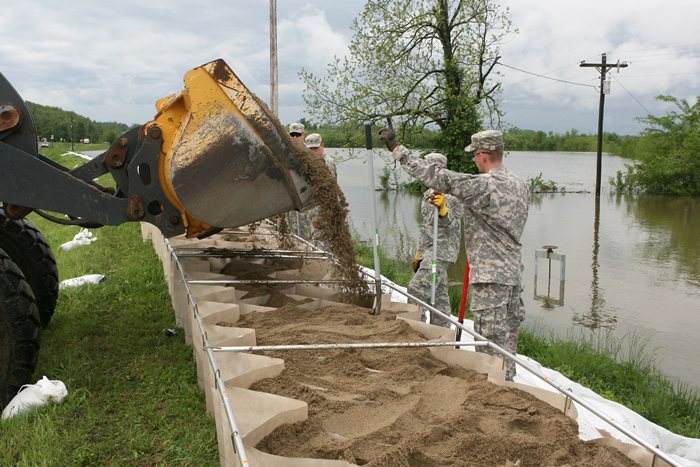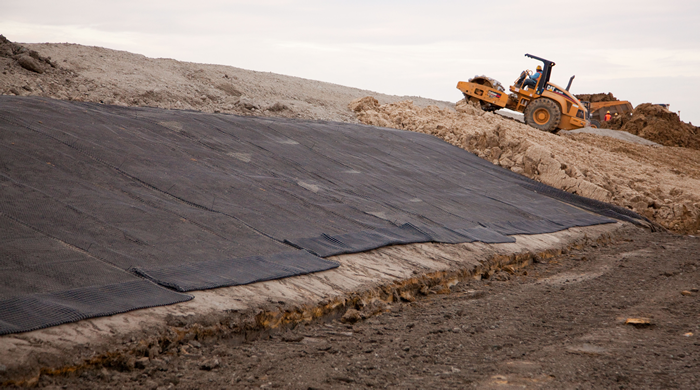
On May 22, the US Senate passed the Water Resources Reform and Development Act (WRRDA). The $12.3 billion conference report, passed by the House on May 20, enjoyed staggeringly strong bi-partisan support (91 – 7 in Senate, 412 – 4 in House). It will now go to President Obama’s desk to be signed into law. Of note: the bill specifically mentions geosynthetics within a section on durability and sustainability.
Section 130, on “Resilient Construction and Use of Innovative Materials,” instructs the US Army Corps of Engineers to consider “durable, resilient, and sustainable materials and practices, including the use of geosynthetics, advanced composites, and innovative technologies” in carrying out its work.
This is historic for the geosynthetics field. The language, specifically recognizing the materials, is a first for a bill.
While geosynthetic materials were the only major new class of construction materials to emerge in the 20th century, and though they have been incorporated into every sector of civil engineering, they have not historically seen as much direct mention and support as other materials—in part because of the strong lobbying efforts of other construction materials, such as aggregates.

The Geosynthetic Materials Association (GMA) and its lobbying partner, DC-based Whitmer & Worrall, deserve to be recognized for their years of work in helping bring this powerful language into the WRRDA report.
READ MORE: “GMA’s Persistence Pays Off”
The US Army Corps of Engineers is well-positioned to capitalize on this directive. The Corps has long utilized, and even advanced, geosynthetic materials. In the 1970s, for example, the Corps was part of the development of geocellular confinement systems. Since then, the Corps has used geogrids, geotextiles, geocells, and geomembranes extensively in flood protection, levee systems, and other key water resource-related projects.
Some project examples:
- USACE Uses Geotextile-Based Geocells for Smithland, Kentucky Flood Defense
- 4 Miles of Geomembrane Installed on Emergency Timeline to Protect Levee
- NOLA Rebuilds on Geogrid-Reinforced Levees
- USACE Uses Geotextile Tubes to Protect Grand Isle, Louisiana
ADDITIONAL BENEFITS OF WRRDA

Also of note with WRRDA is its lack of earmarks and its aim to streamline project development.
This is the first water resources bill to pass in 7 years; and with it comes a welcomed decommissioning of old projects and sunsetting of projects that might otherwise languish in the queue. More than 30 projects that had been waiting for final approval and funding have been greenlighted so no “earmarking” debate is attached to them.
Going forward, WRRDA helps prioritize and speed up new projects through the use of concurrent rather than sequential feasibility studies.
Ultimately, the bill provides a framework to move the review process for new projects from the current 15 year average to just three years.
That is a Herculean feat in such a large bureaucracy, but it is essential to responding to growing environmental challenges—such as increased flooding and more intense hurricanes—and improving the overall integrity of the country’s water resources infrastructure in a timely and economical fashion.
WRRDA has immediately received praise from environmentalists, engineers, trade associations, port operators, and many others who will benefit from the approved work and new request and review approach.
READ MORE: Interview with Boyd Ramsey on WRRDA’s 7-Year Itch
— Chris Kelsey, Editor, Geosynthetica











